Dubbed as “visionary”, “innovator”, or “trailblazer”, I had the opportunity to meet with one such extraordinary individual, Dr. Jacqueline Kariithi.
Many of us have looked out at the myriad of problems in our world and idly come up with solutions to the challenges that plague our society and planet, dreaming up fundamental changes to how things are done that would have far-reaching impacts for the betterment of all. But for most of us, this mental exercise remains simply that, and the solutions we devise are left for discussion and debate among friends or colleagues without ever maturing into anything beyond a theory. But for some, it is not enough to come up with a private solution. Some deem the importance of the issue that captured their passion greater than the difficulties that may arise from attempting to solve it, and take the steps to transform an idea into a reality.
Dubbed as “visionary”, “innovator”, or “trailblazer”, these people’s ambition is rivaled only by their tenacity and the lucid picture of the future they want to build. I had the opportunity to meet with one such extraordinary individual, Jacqueline Kariithi, a postdoctoral fellow at Princeton in the department of Ecology and Evolutionary Biology. We spoke at length about how she is planting the seeds of her own dream and is now seeking diverse partners to make it a reality. In speaking with Jacqueline, what becomes immediately apparent is her profound knowledge and passion for the nuanced and multi-faceted problems she seeks to solve. What follows is a glimpse into the beginnings of what promises to be an exciting project, as well as opportunity for researchers seeking a new frontier for research, conservation, and advocacy.
~
Severine Hex: Could you tell us a bit about yourself and what you are currently working on?
Jacqueline Kariithi: I am an interdisciplinary environmental scientist from Kenya, East Africa. I am passionate about conservation, tourism, and development issues. My research interests focus on developing strategies for reconciling livelihood patterns in protected area landscapes. My postdoctoral research at Princeton University has been driven by my interest in exploring the linkages between cultural heritage, biodiversity management, and their impact on community livelihoods via a landscape focus. In my free time, I like reading, faith-based outreach activities, swimming, salsa dancing, and travel.
For the past few years, I have carried out a detailed case study research analysis on various stakeholder groups in the Mt. Elgon ecosystem. The Mt. Elgon landscape is a transboundary ecosystem located at the Kenya-Uganda border in East Africa. This research has provided a holistic view of the different complex dynamics of a multi-functional afro-montane forest ecosystem.
One of the key questions that has emerged from my investigations is: how do we sustainably manage the competing interests of communities with variable ethno-cultural compositions, different livelihood activities, and with limited access to natural resources?
To begin to answer this question we need to develop a bioeconomy strategy for ecosystems and human well being through applied science and developmental interventions. I have come to the conclusion that one of the ways to actualize the bioeconomy strategy is to set up a long-term research and monitoring institution. Having an institution situated within the Mt. Elgon ecosystem will provide a platform and space to help us to understand how we can sustainably manage landscapes in and around protected areas. The current goal is to set up the El-Koony Center to pursue social, economic, and environmental sustainability in areas where productive land use competes with environmental and biodiversity goals.

SH: What is the El-Koony Research Center?
JK: El-Koony was the initial name given to the hunter-gatherer tribes that were found to be living in the Mt. Elgon forests during the early years of the East African British colony of Kenya. El-Koony in the Sabaot language means ‘to scale the mountain’. Reclaiming this name both for the people and the landscape is a homage to the original inhabitants of the land.
The El-Koony Center will be a multi-use establishment set up to investigate mountain social-ecological systems using a holistic model that includes research, observations, capacity building, and connections to policy makers. The center will host select courses, activities, and facilities curated for the Mt. Elgon landscape and developed for both an academic and vocational knowledge base. The site is an ideal location for a research center because of its high biodiversity value, which comprises several endemic and endangered flora and fauna species.
The mission of the center is to maximize the potential of three key features that characterize the Mt. Elgon region’s landscape, what
I call its 3 C’s: community, conservation, and commerce, through research activities, capacity building, and policy formation.
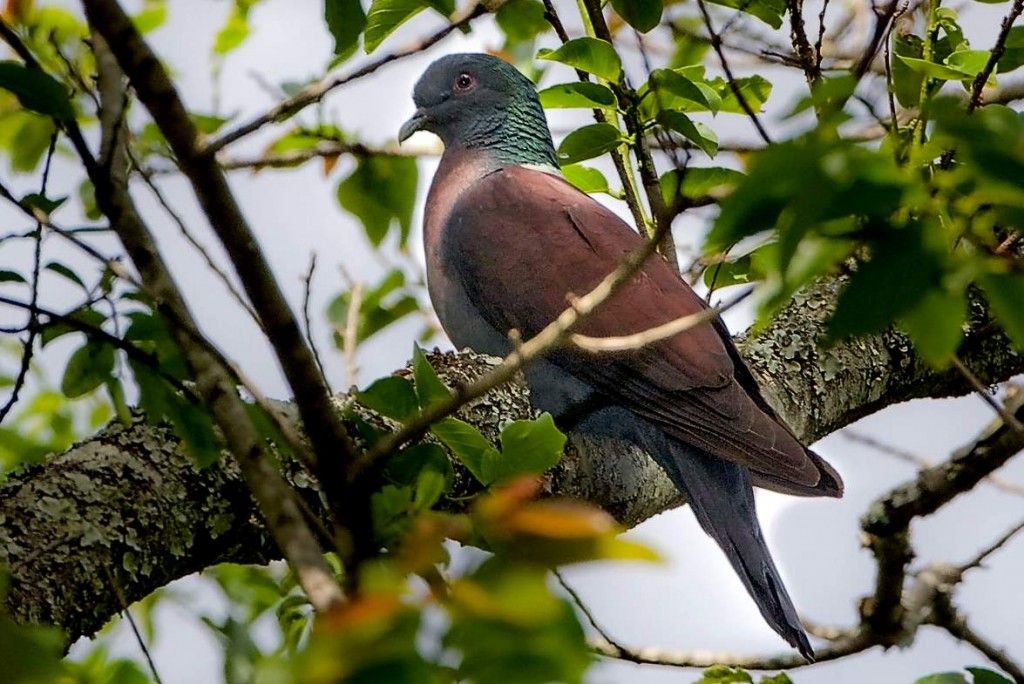
SH: Tell us some more about Mt. Elgon. What about its unique ecosystem attracted you to the area?
JK: Mt. Elgon is an extinct shield volcano, straddling the border between Kenya and Uganda to the Northeast of Lake Victoria. The mountain’s highest point, named “Wagagai”, is located entirely within Uganda, and reaches an elevation of 4,321 m above sea level. The mountain is the oldest of the East African volcanoes, resting on the dissected pen plain of Precambrian bedrock of the Trans Nzoia Plateau. Although there is no verifiable evidence of its earliest volcanic activity, geologists estimate that Mt. Elgon is at least 24 million years old, making it the oldest extinct volcano in East Africa. Despite its height, the average slope angle of the mountain is less than 4 degrees, making it a very gentle slope.
The climate of Mt. Elgon is cool (14˚C to 24˚C) and moist to moderately dry. The rains come in March to May and September to November, with an annual rainfall of 1,400 to 1,800 mm. The forest ecosystem supports various habitat types and rare species. In 2003, the ecosystem was designated by the United Nations Educational, Scientific and Cultural Organization (UNESCO) as a Biosphere Reserve for its outstanding plant and
animal diversity, its role as a vital “water tower” for the region and for its cultural significance. The forest ecosystem is the source of Rivers Nzoia, Turkwel, and Malakisi. As a priority conservation area, the species composition identified by IUCN (1995) indicates the presence of 37 faunal species listed as “globally threatened” (22 mammal, 2 insect and 13 bird species), 9 species of which are endemic to the ecosystem (IUCN, 1995a, 1955b).
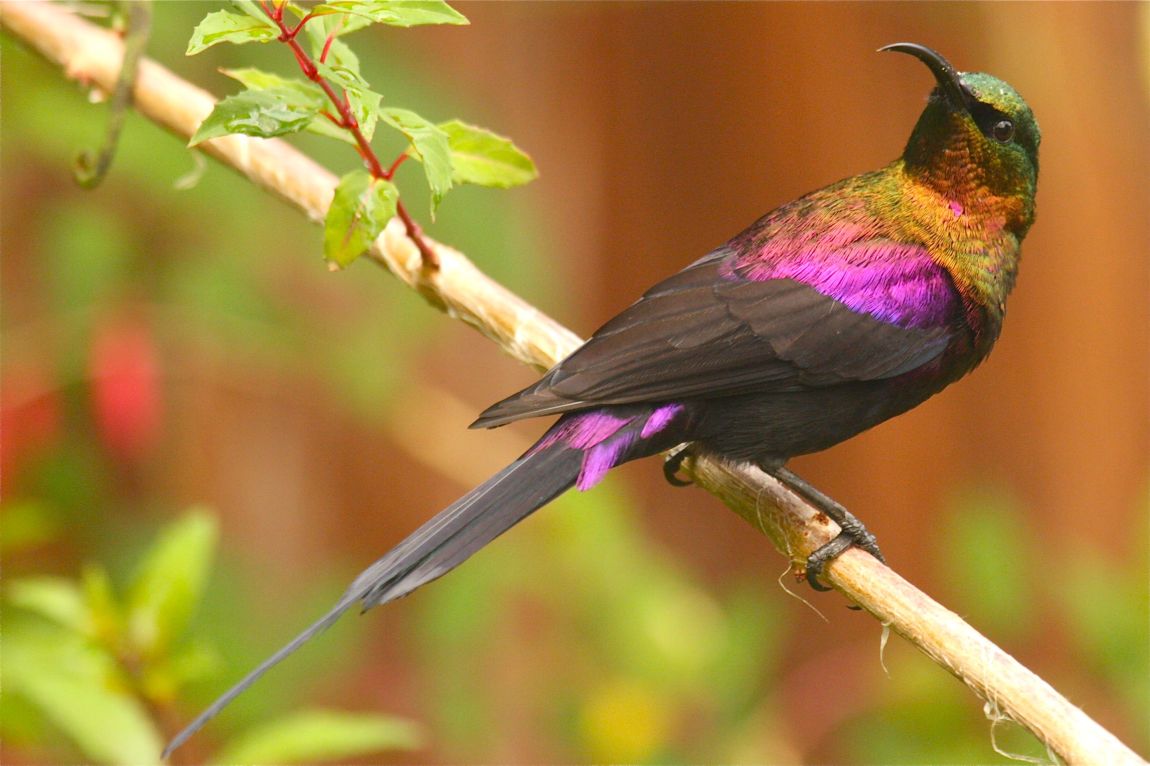
Mt. Elgon Forest Ecosystem comprises at least four discrete ecological zones characterized by different vegetation communities, namely: mixed montane forest, bamboo and low canopy forest, sub-alpine montane heath, and alpine moorland. These vegetation types vary with altitude. The mountain slopes are covered with Elgon olive (Olea hochstetteri)and Muna tree (Aningueria adolfi-friedericii) in the wet mixed montane forest.
The ecosystem is considered as home to at least 144 bird species, 25% of which are forest specialists. Some of the most important among these include Jackson’s francolin (Pternistis jacksoni), the eastern bronze-naped pigeon (Columba delegorguei), Hartlaub’s turaco (Tauraco hartlaubi), the Tacazze sunbird (Nectarinia tacazze), and the endangered lammergeier (Gypaetus barbatus).
The forest ecosystem is also home to many mammals, including elephants (Loxodonta africana), buffaloes (Syncerus caffer), a variety of small antelope and duiker (Sylvicapra grimmia), bushbuck (Tragelaphus scriptus), hyrax (Heterohyraz brucei), leopard (Panthera pardus), hyena (Crocuta crocuta) as well forest monkeys like the black-and-white colobus (Colobus guereza) and blue monkey (Cercopithecus mitis), and red-tailed monkey (Cercopithecus ascanius). Generally, the populations of large animals have become increasingly scarce since the large increase in human populations in and around the mountain in the 1980s and 1990s.
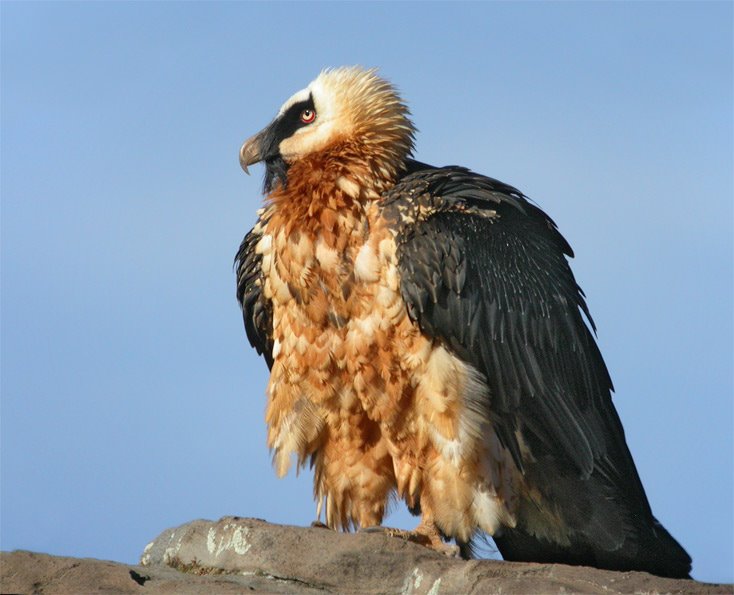
SH: Can you give us a brief history of the region?
JK: The Sabaot are a sub-ethnic of the Kalenjin group (tribe) and occupy over half of Mt. Elgon and its surrounding areas. They are not only found in Kenya, but also in Eastern Uganda and beyond. The language spoken by the Sabaot is one of the Southern Nilotic languages. Their history of immigration dates to the spread of the Kalenjin people a thousand years ago from a place called Misri in the north, moving to Kitale Plateau, Sebei, and Bungoma Districts. The spread of the Sabaot around the mountain partly explains the resilience of their culture, despite the immense immigration of several Bantu tribes, such as the Bagisu and Bukusu, Gikuyu, and European white settlers, leading to the Sabaot’s eventual eviction from their homelands in the Bungoma and Kitale Counties.
The Kenya side of the ecosystem is composed of three protected areas, including Mt. Elgon Forest Reserve, Chepkitale National Reserve, and Mt. Elgon National Park. Constituting a total land cover of 107,821 hectares, they host a diverse landscape.
The Mt. Elgon Forest Reserve was gazetted earlier in 1932 and initially covered an area of 107,821 hectares. The forest reserve was established for the extractive use of the forest resources from both the indigenous forests and the established softwood plantations and is currently under the administration and management of the Kenya Forest Service. The areas considered to be of highest conservation value in the Mt. Elgon Forest Reserve were converted to the Mt. Elgon National Park, which was given national park status in 1968. This park is under the statutory management and administration of Kenya Wildlife Service and has an area of 16, 916 hectares
The Chepkitale National Reserve was annexed from the Mt. Elgon Forest Reserve in June 2000 and is under the jurisdiction of the County Government of Bungoma. The establishment of a National Reserve allows consumptive use of the land such as grazing, beekeeping, and collection of non-timber forest products, including herbal plants. After the annexation of the Mt. Elgon National Park and the Chepkitale National Reserve, the Mt. Elgon Forest Reserve now covers an area of 73,705 hectares. Understanding the legal and administrative structures of the Mt. Elgon ecosystem protected areas contextualises the challenges facing the ecosystem currently.
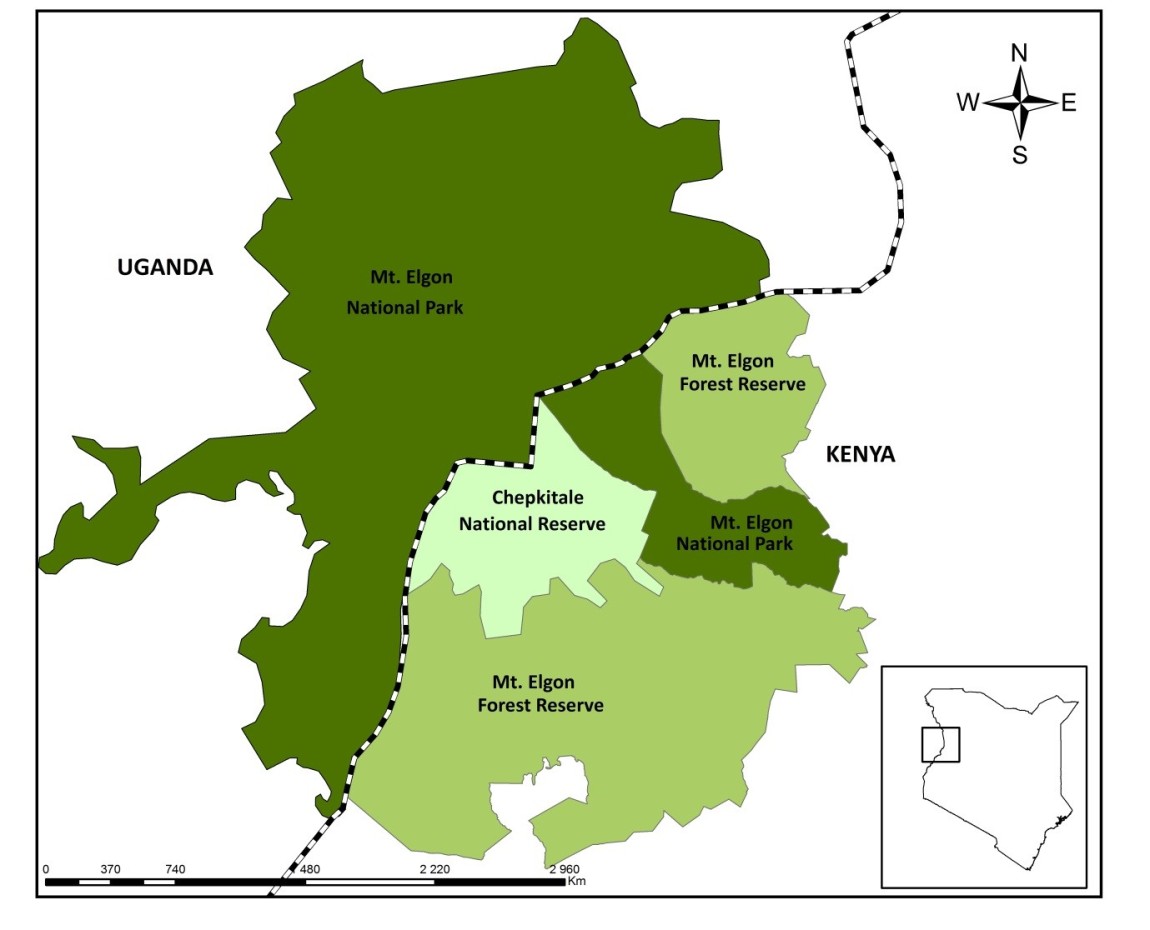
SH: You mentioned some challenges the ecosystem is facing. What are these historical challenges and how would El-Koony Research Center address them?
The El-Koony Center will address perennial and historic global challenges such as climate change, food security, biodiversity conservation, water conservation, and management.
In addition, the core mission is to address the current local challenges suchas shortage of education, skills, and training in resources management across the general populace, as well as resource competition amongst stakeholders due to drastic increase in population growth over the past few years without emphasis on holistic resource management. Having the different protected areas managed by different agencies has created unstructured collaboration and cooperation among key stakeholders across the ecosystem, which has otherwise become fragmented and disjointed. Additionally, the inability of local populations to harness their cultural and indigenous knowledge to improve their livelihoods has created disharmony and resource use tensions.
Traditionally, in similar ecosystems, the challenges mentioned above have been addressed either throughscientific investigations, developmental interventions, or policy development. At the El-Koony Center, we plan to pivot away from single solution formulas by presenting combined and holistic methods embedded in the strategic collaboration of stakeholders. The long-term goal is to utilize all three avenues of science, development, and policy to scale each one of the perennial challenges and hopefully discover the means to provide lasting solutions collectively with all key stakeholders.
SH: What are your next steps to making El-Koony a reality?
JK: Identifying the key stakeholders, both thematically and geographically, is the core and fundamental approach to enable growth of the El-Koony Center, so that we may evolve into a sustainable and resilient institution. The strategy is to create working agreements with cross-sectoral actors such as non-governmental organizations, government associations, universities, and community-based organizations. All will work together to launch the Research Center, whereby each actor will support the different research and development programs.
SH: What sorts of research activities do you envision at El-Koony?
The center will be in proximity to the Mt. Elgon ecosystem parks and protected areas to provide facilities and equipment for natural and agricultural sciences research for university faculty researchers, institutional scientists, post-doctoral researchers, and graduate and undergraduate students. The afro-montane forest ecosystem is a high value biodiversity region and the possibilities are vast and largely unexplored for claiming intellectual space even before infrastructure is fully developed. This would be an excellent site for many different types of research. There are great opportunities for agriculturally-based research such as agronomy, soil science, entomology, climate mitigation, and adaptation research. The unique and relatively unexplored habitat creates opportunities for ecological and conservation-based research, wildlife biology, ethnobotany, forest plant ecology, avian ecology, or even molecular biology research. In addition, there are possibilities for anthropological-based research, including cultural and physical anthropology, ethno-linguistics, and sociology.
SH: What are some of the community building activities you envision at El-Koony?
JK: The center will host participatory activities rooted in community livelihoods and facilitate training programs designed to provide community stakeholders with recognized qualifications such as certificates and diplomas, in partnership with local colleges,. These include natural history education, conservation, indigenous knowledge learning, forest and water resource use strategies, community-driven environmental stewardship, and participatory science engagement.
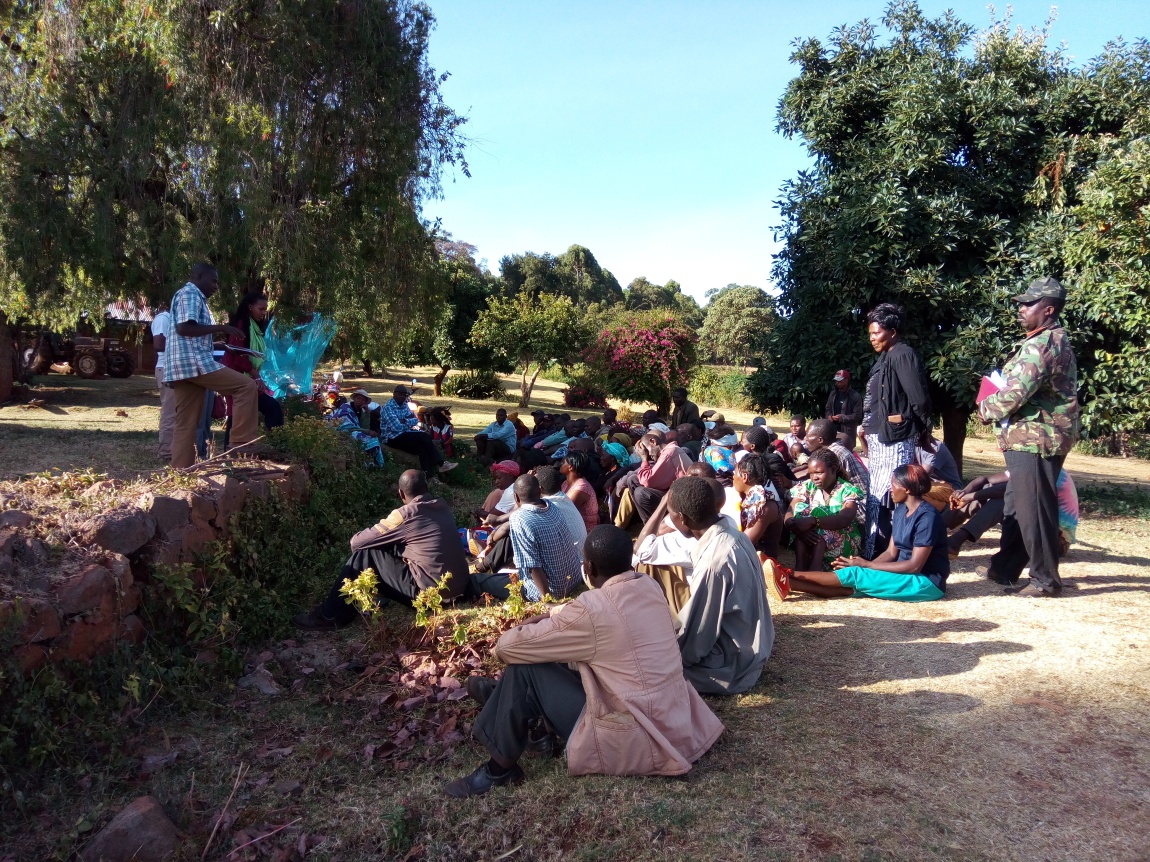

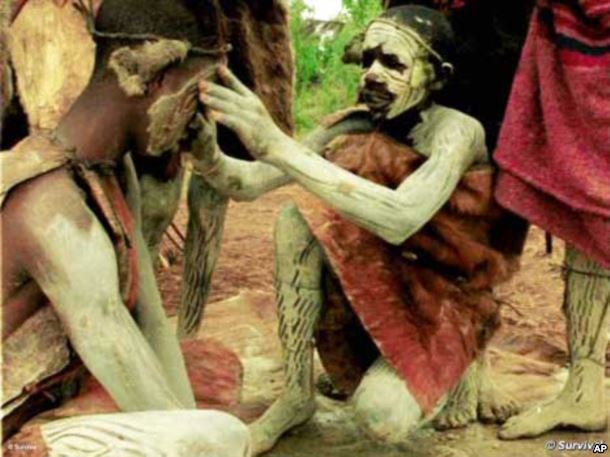
SH: Who should take an interest in the center?
JK: The center will be designed to include a wide range of disciplines, sectors, and interests, particularly those interested in applied and decision science, interdisciplinary research, and developmental programs through bridging disciplines. Specific examples include: ecology and evolutionary biologists, agriculturalists, sociologists, anthropologists, linguists, educators in environmental and conservation education, environmental and natural resource economists, and policy focused researchers.
SH: Where can we go to learn more?
JK: Please contact me if you would like to learn more on elkoony@elkoony.org
Other Links: Email: elkoony@elkoony.org, Twitter: @El-Koony, Instagram: @elkoonycenter



